Boxfish Facts
- First of all, the term Boxfish represents the generic name for any member of a particular group. Members also go by the equally distinctive common names of cowfish and trunkfish. Currently, a total of 24 known types of rather distinctive bony fish fill this group. All members reside in the family Tetraodontiformes.
- In addition, the various truly remarkable species of Boxfish all remain closely related to the pufferfishes and filefishes. Quite understandably, its most discernible characteristic remains the unique shape of its body. In fact, this highly distinctive physical characteristic forms what serves as the basis for the common name of the fascinating family.
- Finally, all members of this remarkable group remain well-known for being somewhat slow moving, compared to similar creatures. However, the extremely hard scales covering the body provides them with ample protection. As a result, most mature individuals typically remain safe from the majority of, though not all, potential predators.
Related Articles
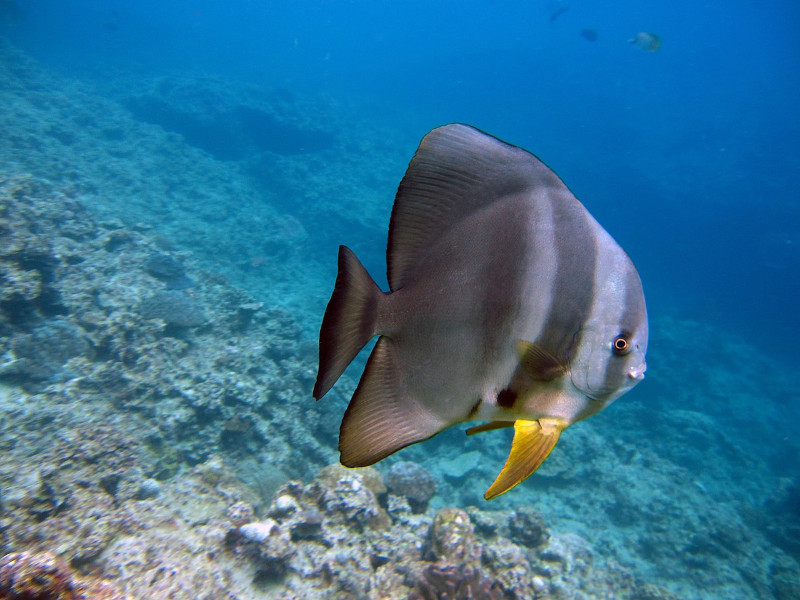
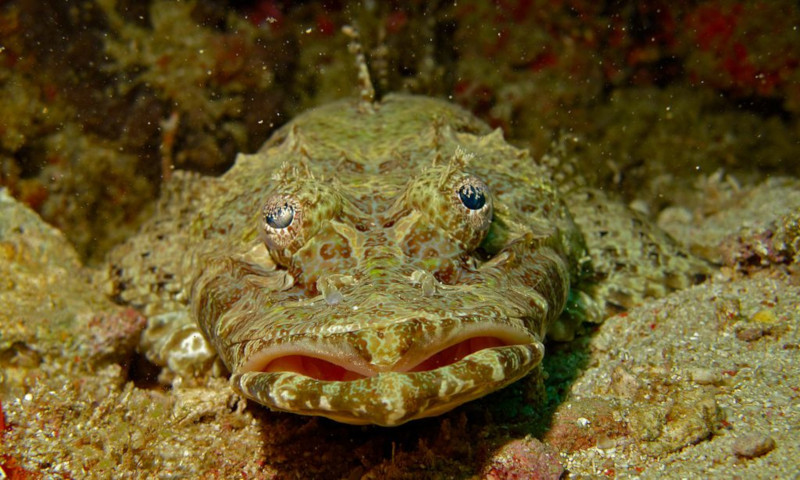
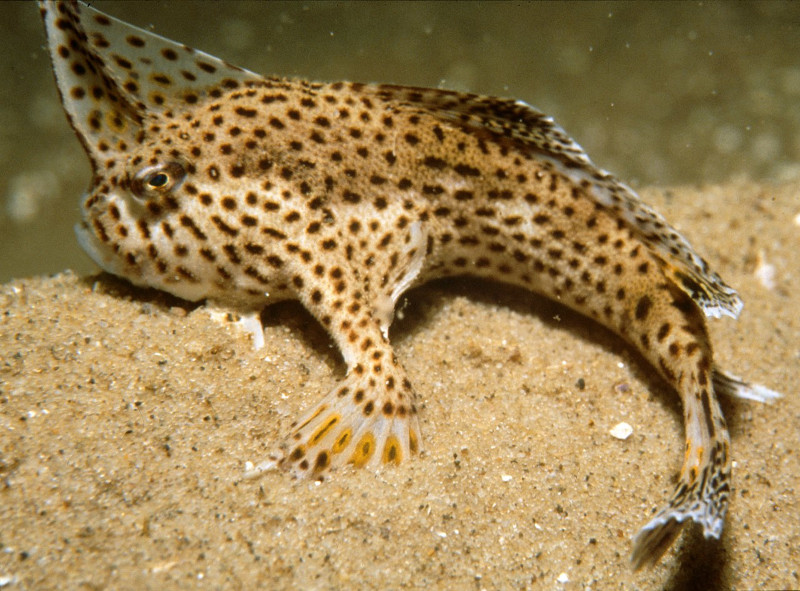
Boxfish Physical Description
Given that the term Boxfish applies to numerous species within a single Family, physical appearance varies widely between species. Colors vary significantly between species and often do so even among individuals of the same species. Quite understandably, this can sometimes make identifying a particular species difficult.
However, some physical characteristics still remain true to all known members of the Family. Chief among those remains the tendency to possess a box-like shape to the body. This obviously serves as the source of the common name. Further, the bodies have a covering of thick, hexagonal shaped overlapping scales. These provide a measure of protection from predators.
In terms of sheer size, however, the various members of this fascinating Family of fish mostly remain comparatively small. But, the largest of the different types of Boxfish sometimes attains an overall body length of as much as 20 in (50 cm). Most recognized varieties attain a significantly smaller size, however.
- Kingdom: Animalia
- Phylum: Chordata
- Class: Actinopterygii
- Order: Tetraodontiformes
- Family: Ostraciidae
Boxfish Distribution, Habitat, and Ecology
Perhaps most notably, the Boxfish has an extremely broad habitat range. That’s because the various members of this group live across vast sections of three oceans. These include the Indian Ocean, Atlantic Ocean, and the Pacific Ocean. Scattered small populations even appear in other areas.
Further, the various types most commonly inhabit the mid-latitude regions of the various oceans. But, it also commonly lives on or near the ocean floor. There, it has a remarkably varied diet. This mainly consists of algae. But, it also consumes crustaceans, worms, molluscs, and even other small fish.
The primary means of defense for the Boxfish consists of the strong, thick scales covering its body. However, this does not represent its only defense. In addition to the presence of the comparatively strong protective scales, many species of this animal employ a highly effective, though non-lethal, chemical defense.
Individuals can, and usually do, secrete a chemical substance directly into the surrounding water, through the skin. This chemical defense creates an irritation to any other fish in the immediate vicinity. Therefore, the Boxfish has few natural predators. The few it does have mostly consist of certain sharks.
Species Sharing Its Range
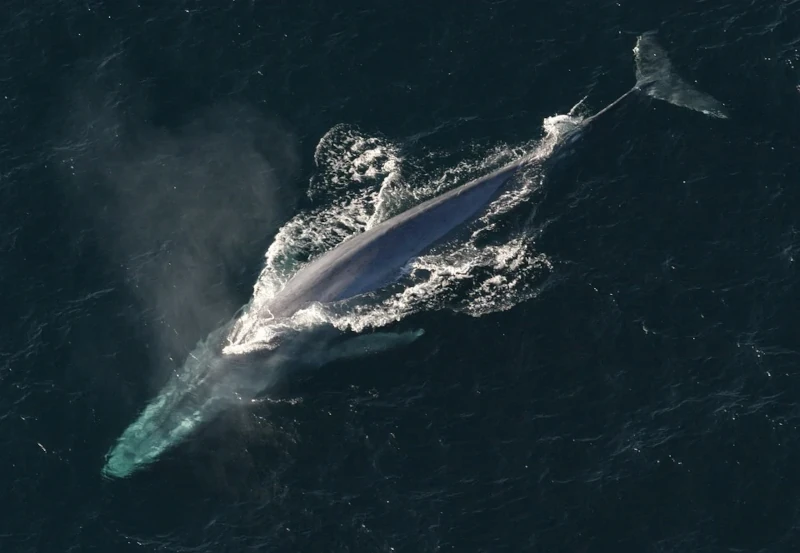


Check out our other articles on Breathtaking Primates of the World, Visayan Spotted Deer, Erg Chebbi, Wax Currant, Giant Huntsman Spider, Black Rain Frog, Leaping Lesbian Lizard
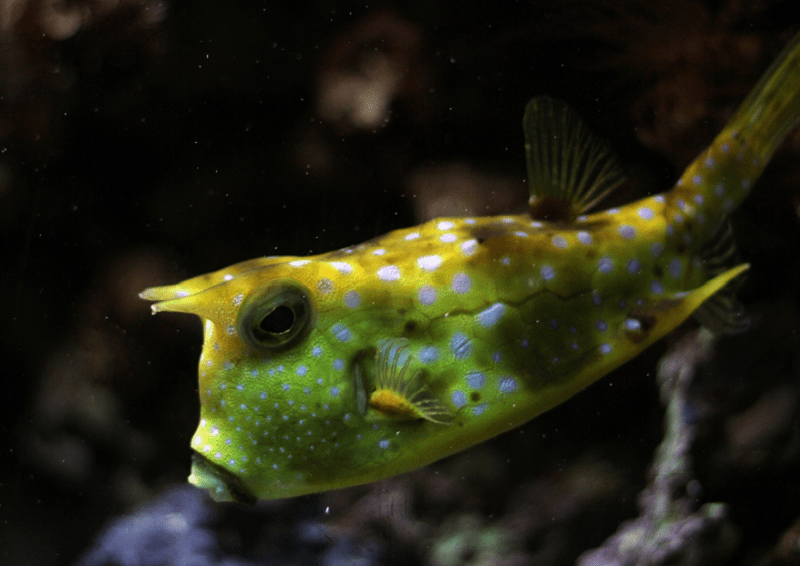
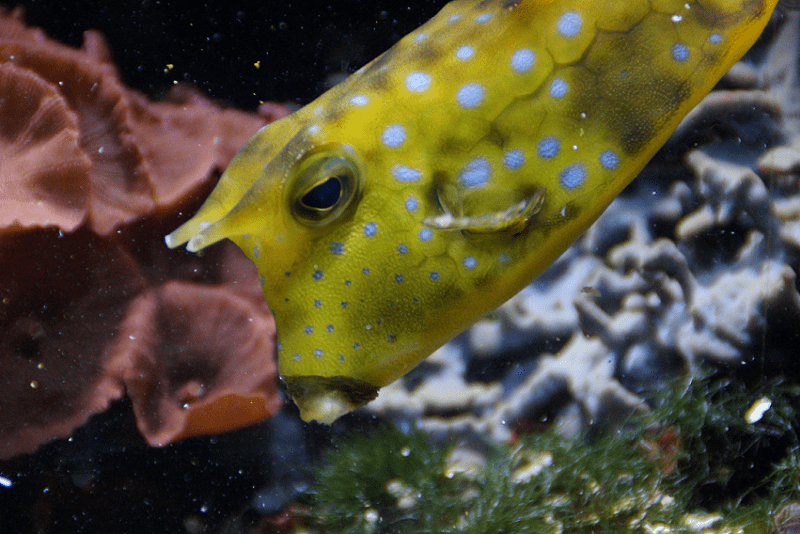










Leave a Reply